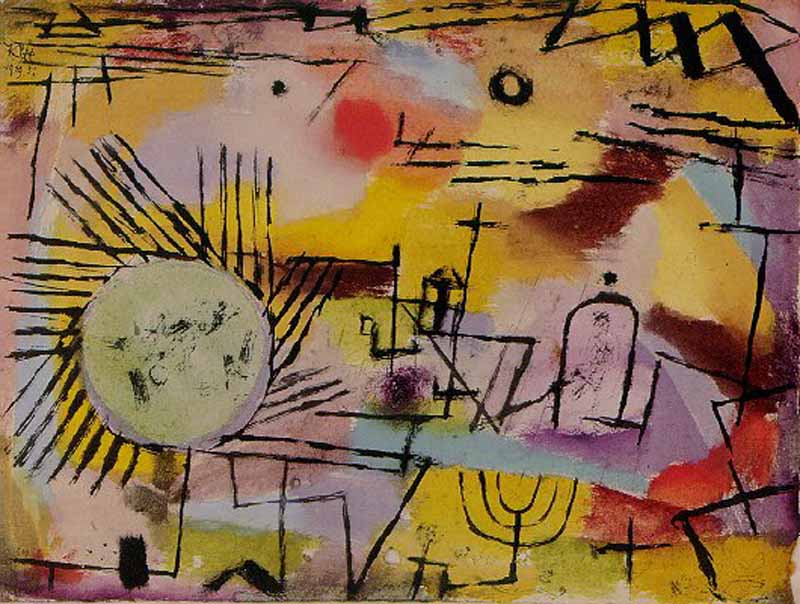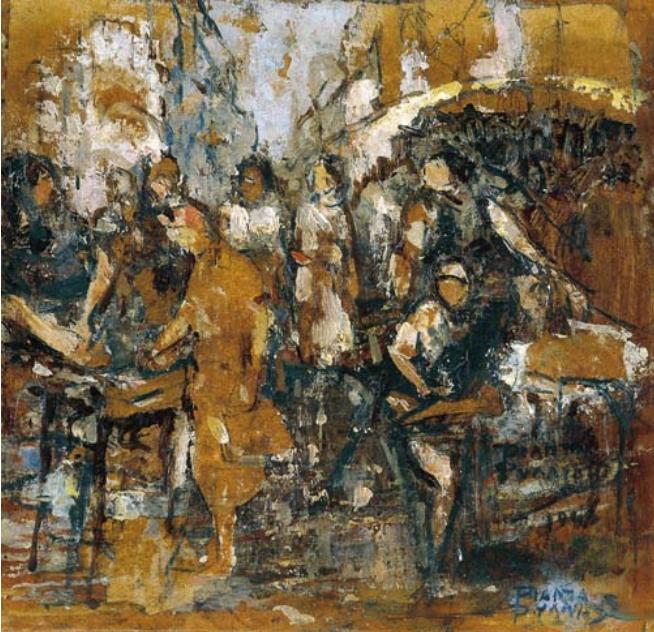Félix Vallotton, The Red Room, 1898
Félix Edouard Vallotton (1865-1925) was a Swiss/French painter and printmaker. He was a member of the group of artists known as Les Nabis, who followed the Impressionists, and used highly stylized forms and colors to explore the emotionality of their subjects. Born in Switzerland, Vallotton moved to Paris in 1882 to study at the Académie Julian. He spent much of his time studying the old masters at the Louvre, and his earliest works are rather academic. His first self-portrait received honorable mention at the Salon of 1886. In the following decade, Vallotton developed his painting and began creating woodcut portraits of prominent figures, beginning with Paul Verlaine. He was instrumental in the revival of the woodcut as an artistic medium. His painting encompasses a wide variety of styles and subjects, including landscape, portraits, and genre scenes. The Red Room is a powerful example of Vallotton's style and skill. We see the angularity of his forms and the intensity of his colors. The composition is incredibly potent here: the man and woman are both standing in the doorway, thus far leaving the sedate room uninterrupted. However the tension between them is palpable, and it pervades the picture space and this sharp, vibrant room becomes taut with tension as well. Vallotton increases this effect with stark shadows and angles. The red of the chamber becomes the red of the couple's sexual tension. The shadows of the doorway, meanwhile, nearly swallow the couple so that they are barely visible. The effect suggests that they can only be fully realized by entering this bright room, and if they move in the other direction, if they retreat from their passion, they will cease to exist.



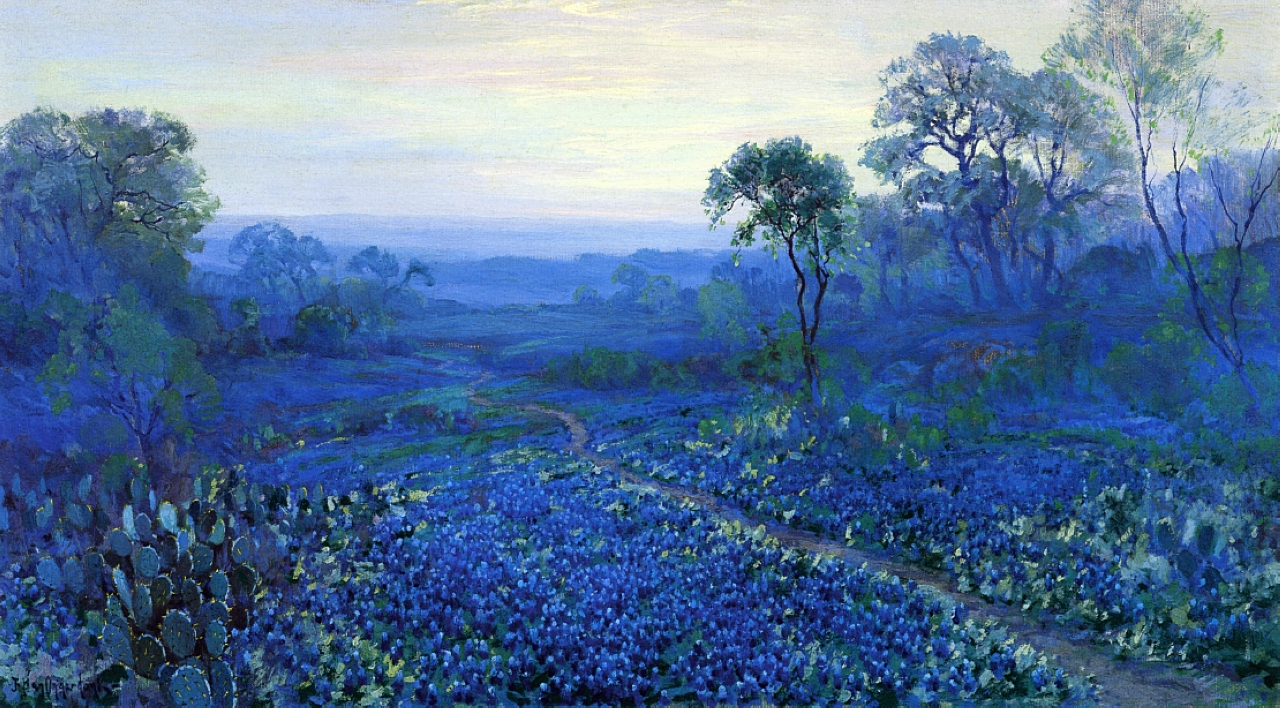
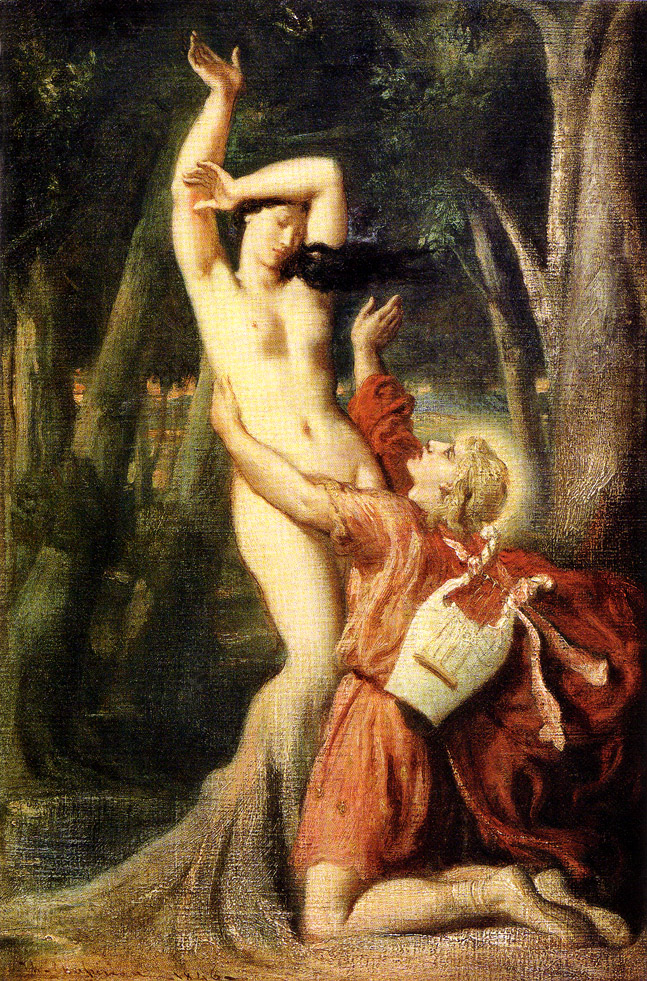




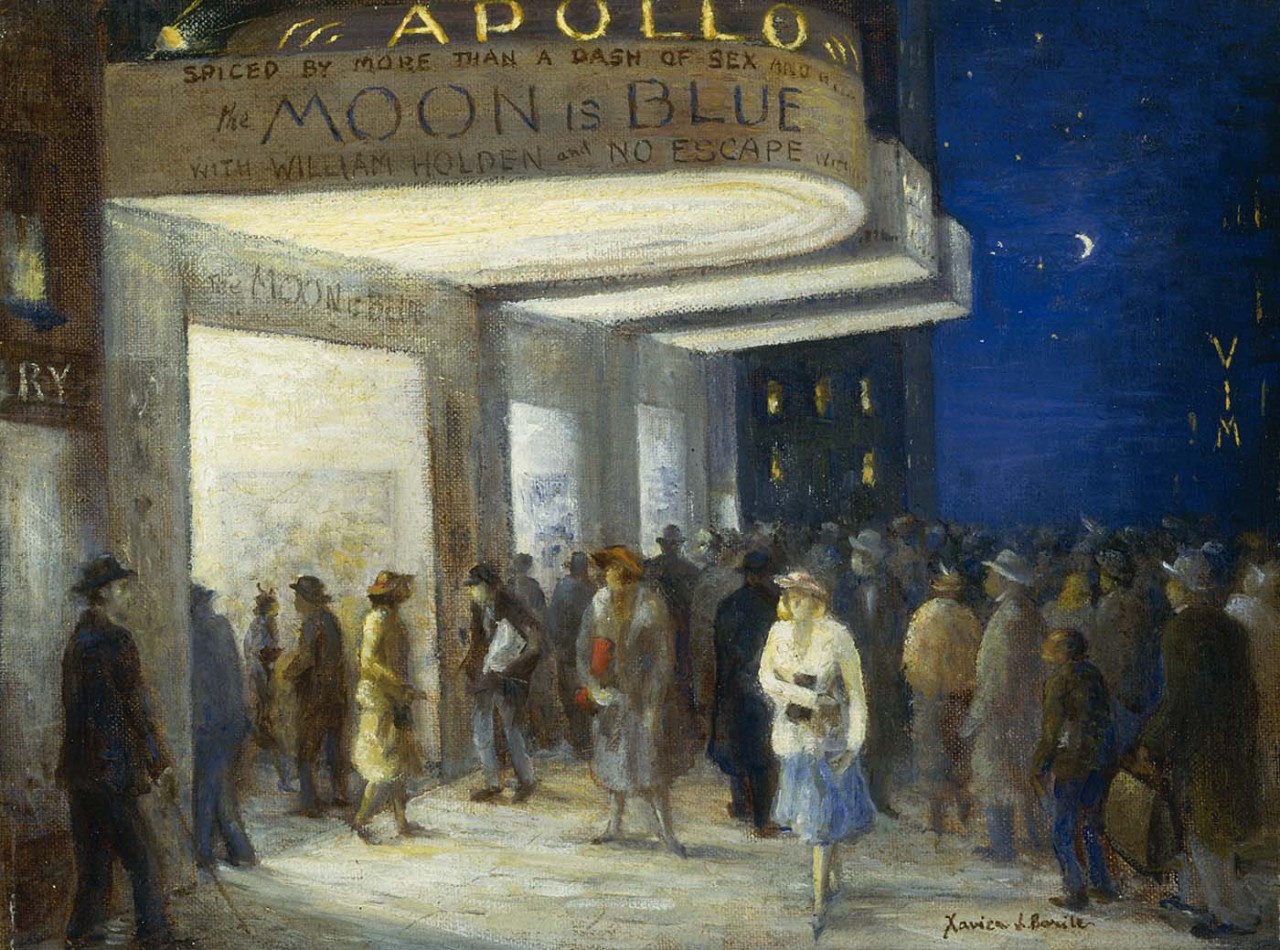

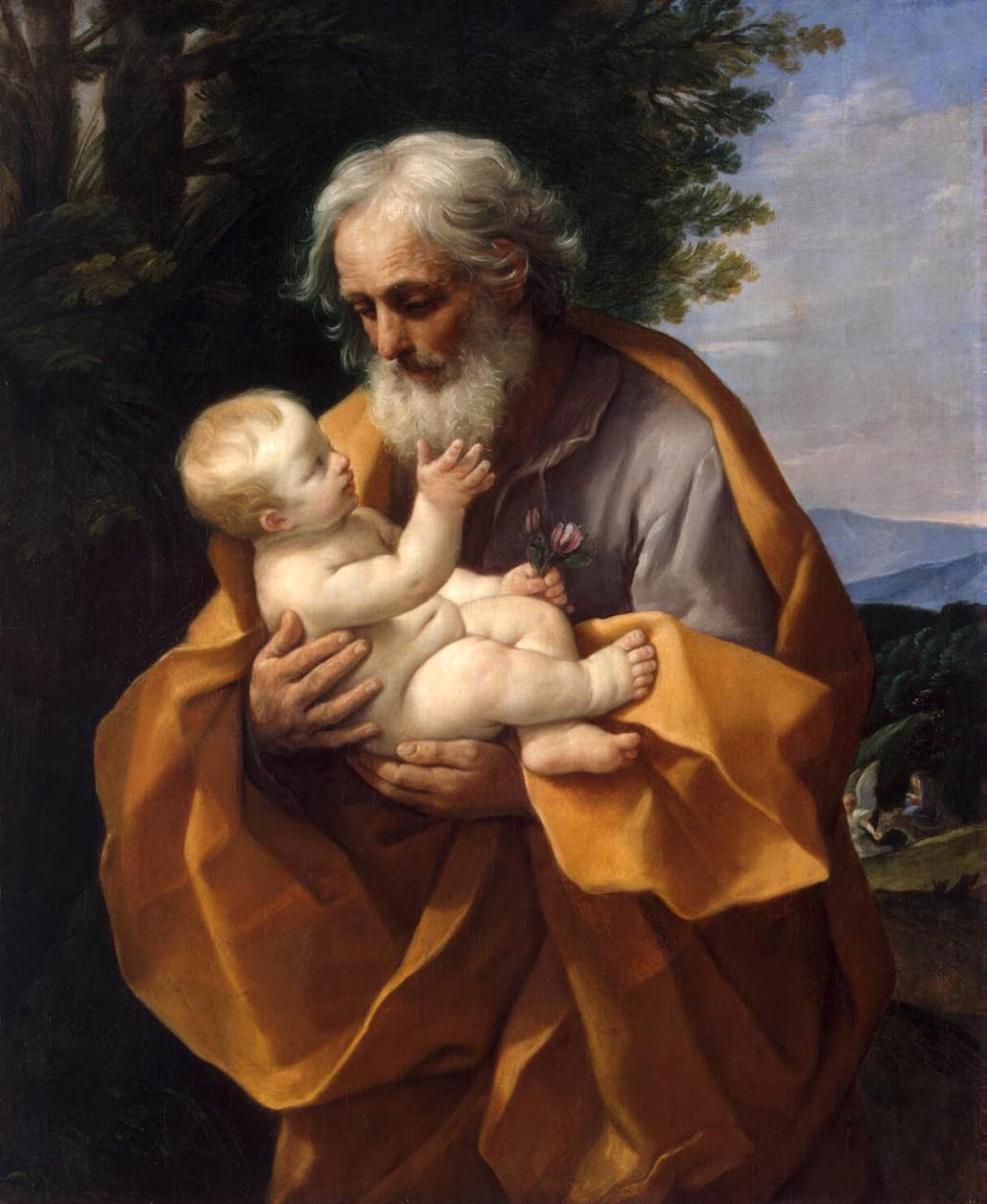
%2C_1872.jpg)
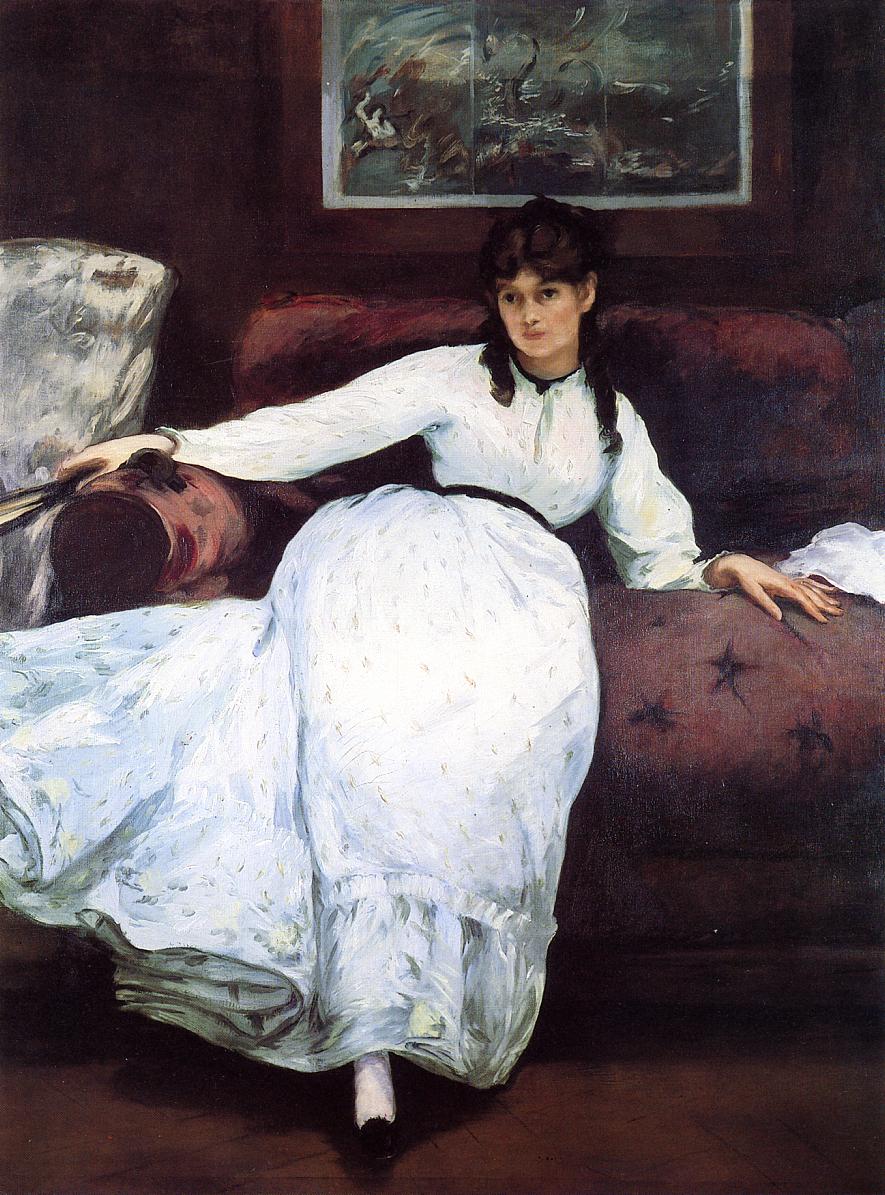



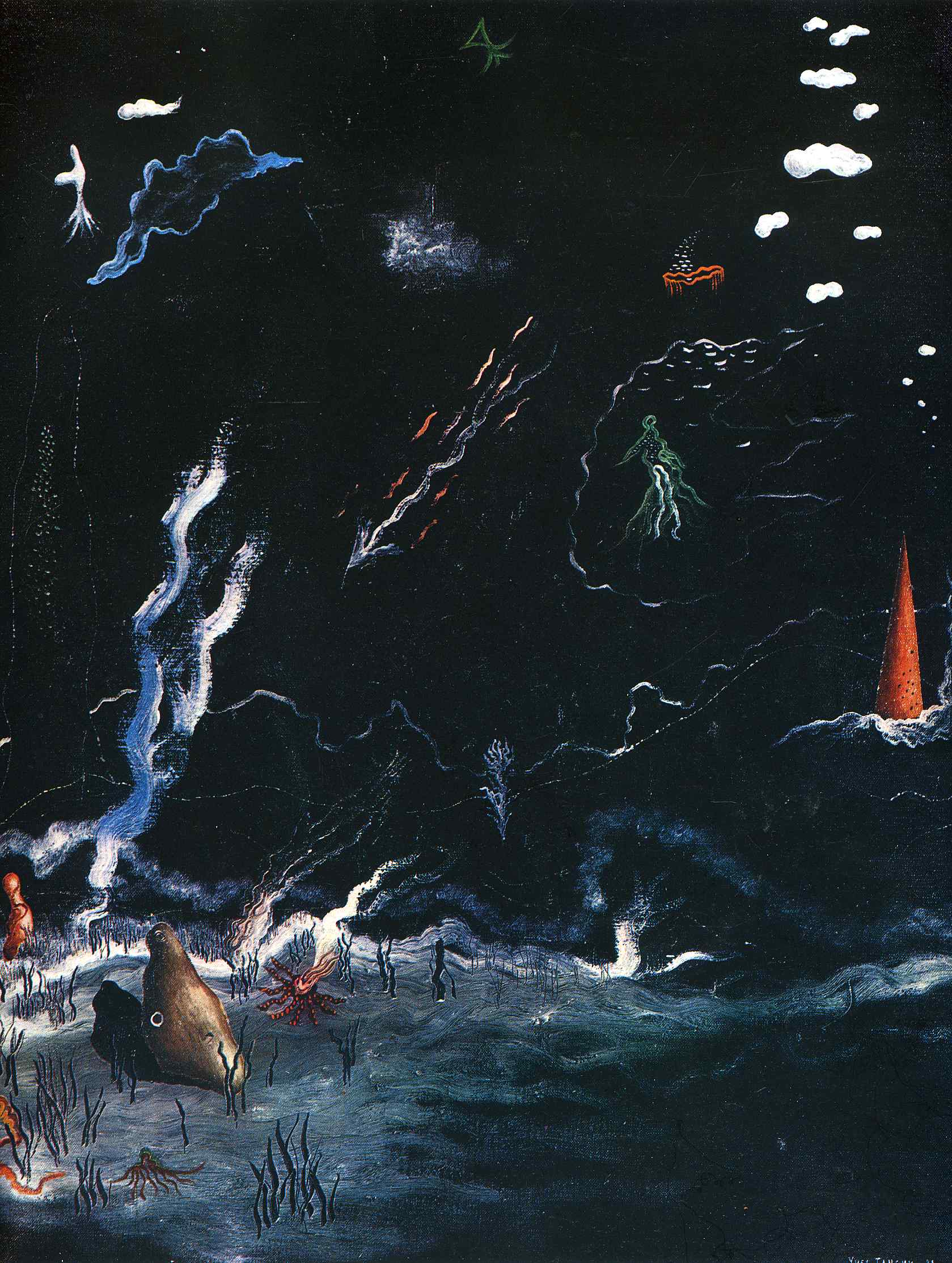




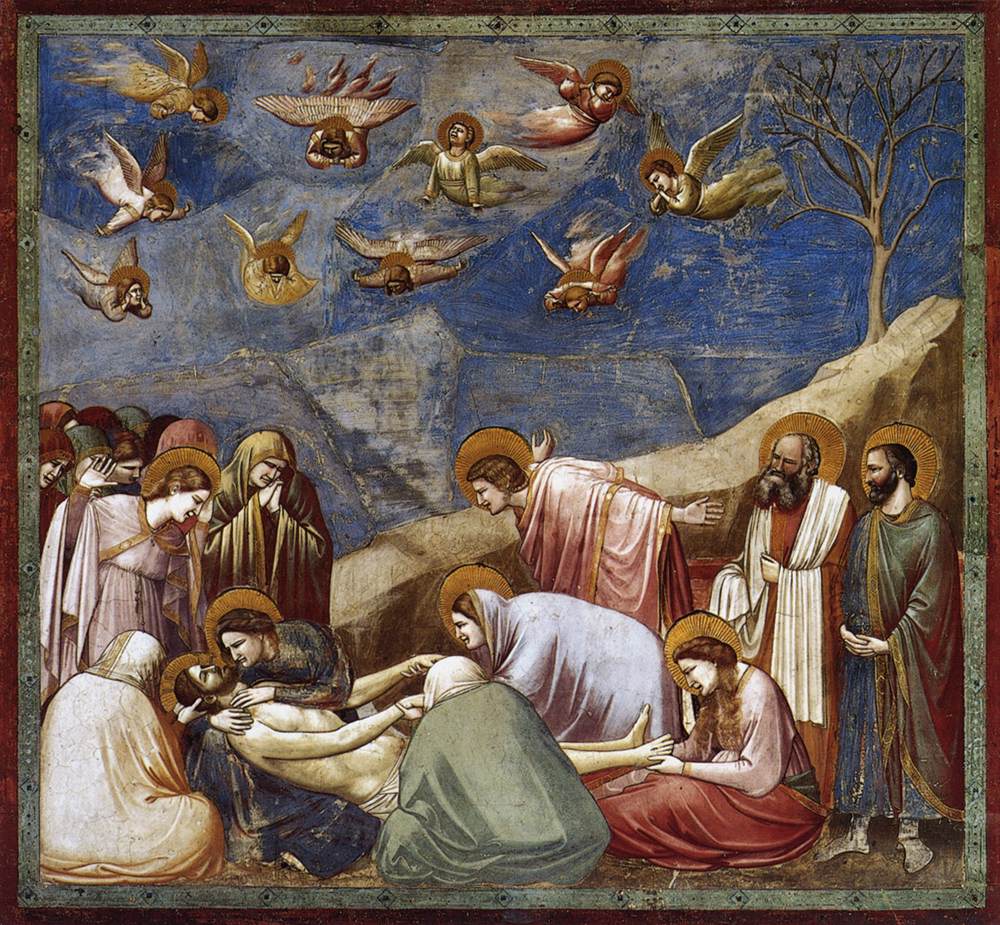
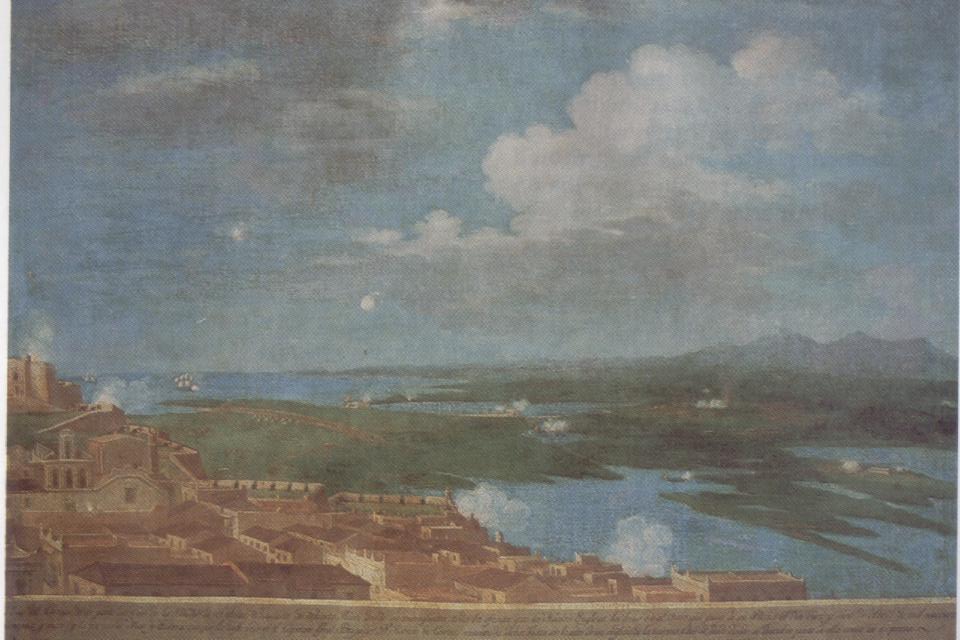
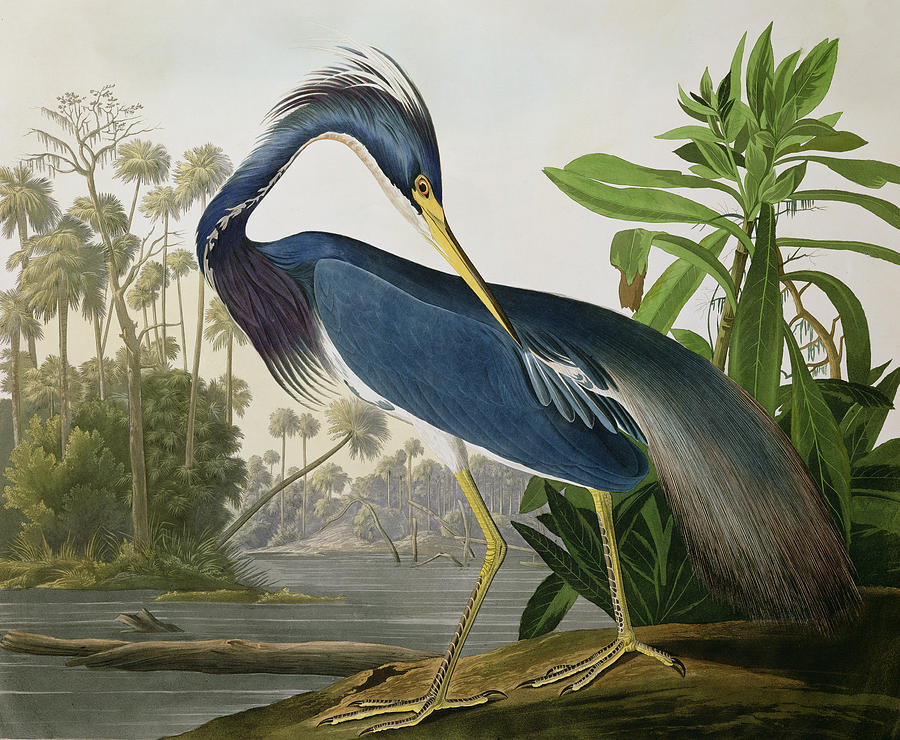
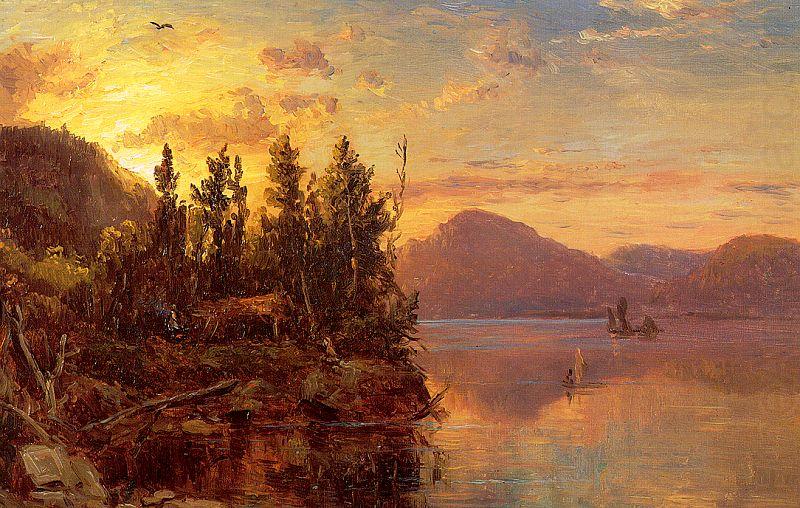
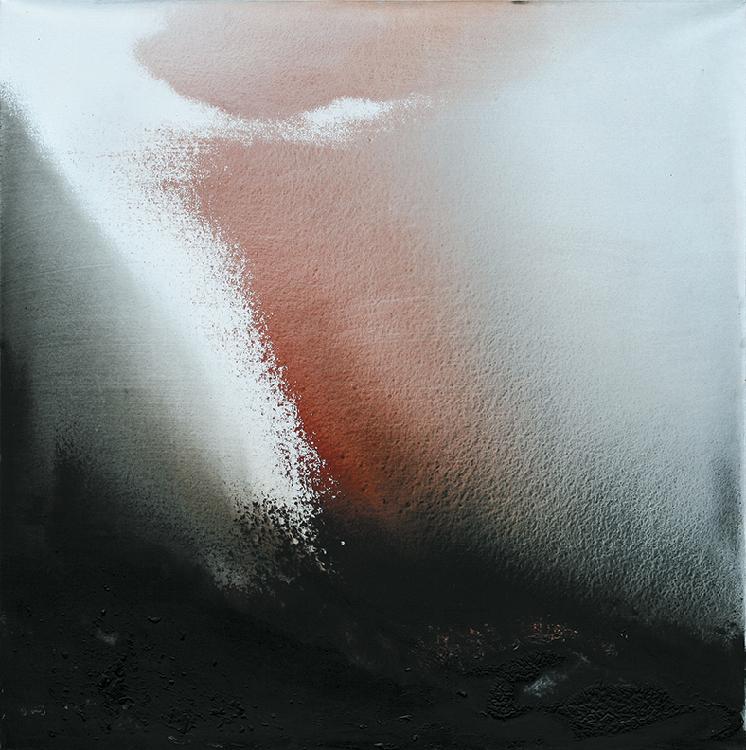
.jpg)

